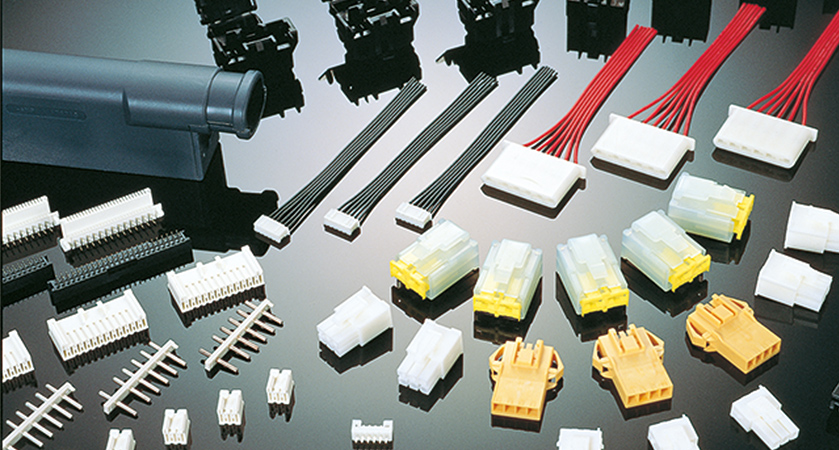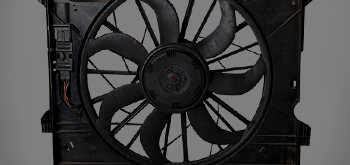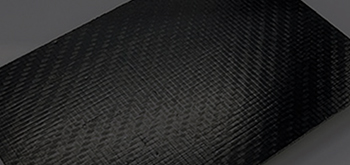LEONA™ handling precautions
The content of this document is based on materials, information, and data available at this time, and may be revised based on new findings. Please note that these are provided as information and are not guaranteed. Therefore, when using our products, please take full consideration of the usage environment, design, etc., and use them at your own risk after judging that there is no problem with the product.
1. Handling Precautions
The following are important points to note when handling LEONA™ that we supply to you. Please use them to ensure safe handling of LEONA™.
Please note that we have prepared a separate Material Safety Data Sheet for handling precautions for LEONA™. Please contact our staff and we will send it to you. Please investigate the safety of any additives other than LEONA™ that you use yourself.
(1) Safety and health precautions
Be careful to avoid eye or skin contact or inhalation of gases generated during drying or melting of LEONA™. Also, avoid direct contact with hot resin. We recommend installing local exhaust ventilation and wearing protective equipment (safety glasses, gloves, etc.) during each operation such as drying and melting.
(2) Precautions regarding combustion
LEONA™ is flammable, so handle and store it away from heat and sources of ignition. If it catches fire, it may emit toxic or suffocating gases. To extinguish a fire, use water, foam or dry chemical extinguishers.
(3) Disposal precautions
LEONA™ can be disposed of by incineration or landfill, but disposal should be entrusted to a certified industrial waste disposal company or local government in accordance with the Waste Disposal and Public Cleansing Law. If you incinerate Leona™ yourself, use incineration equipment that complies with the Air Pollution Control Law and other laws and regulations. Incineration may generate toxic gases such as carbon monoxide and suffocating gases.
(4) Notes on storage
Absolutely avoid resin contamination and moisture absorption. Store in a cool, dry place and start molding immediately after opening. Do not pierce the product bag or let it get wet. Also, do not return spilled resin to the product bag. It is a combustible material (synthetic resins) designated by the Fire Service Act, and should be handled in accordance with municipal ordinances. (Fire extinguishing facility, indoor storage facility, etc.)
(5) Precautions for molding
The appropriate resin temperature for molding LEONA™ is 270-310°C. If the temperature is lower than this, there is a risk of localized deterioration of physical properties due to uneven plasticization. On the other hand, if the temperature is higher than this, there is a risk of gas generation due to decomposition and poor appearance such as silver. However, there are some exceptions such as FR200 and FR370, so be sure to refer to the individual catalogs before molding. Also, do not allow LEONA™ to remain in a molten state in the molding machine cylinder for a long period of time. This will cause the resin to decompose and the molded product to discolor or deteriorate. In that case, replace the inside of the cylinder with polyethylene or similar before molding.
2. Usage
- -LEONA™ should not be used for implantation into the body or for applications involving direct contact with body fluids or infusions.
- ・When using for other medical purposes, please be sure to contact us in advance.
- ・Do not use for applications that come into contact with food, such as food packaging containers.
- ・Please contact us for details.
- ・If you are considering using our products for other special purposes, please contact us and we will discuss them individually.
- ・Please contact our person in charge for details on the compatibility of each grade with the Electrical Appliance and Material Control Law, UL standards, CSA standards, etc.
3.Others
Please be aware of industrial property rights when using this product.
























